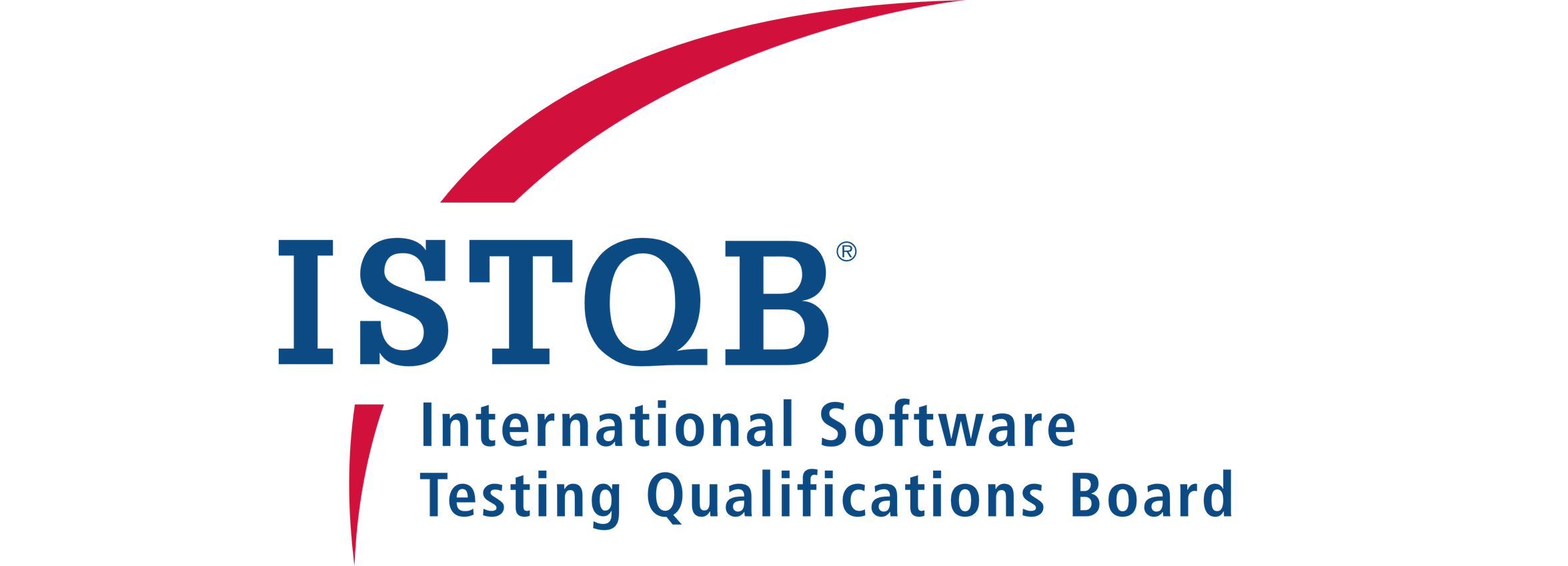Course Summary
The ISTQB Certified Tester Foundation Level (CTFL) certification is the cornerstone of essential testing knowledge that can be applied to real-world scenarios. The syllabus provides a comprehensive understanding of the terminology and concepts used in the testing domain worldwide, making it relevant for all software delivery approaches and practices, including Waterfall, Agile, DevOps, and Continuous Delivery.
• Understand what testing is and why it is beneficial
• Understand fundamental concepts of software testing
• Identify the test approach and activities to be implemented depending on the context of testing
• Assess and improve the quality of documentation
• Increase the effectiveness and efficiency of testing
• Align the test process with the software development lifecycle
• Understand test management principles
• Write and communicate clear and understandable defect reports
• Understand the factors that influence the priorities and efforts related to testing
• Work as part of a cross-functional team
• Know risks and benefits related to test automation
• Identify essential skills required for testing
• Understand the impact of risk on testing
• Effectively report on test progress and quality
Module 1: Fundamentals of Testing
• What is Testing?
• Testing and Debugging
Module 2: Why is Testing Necessary?
• Why is Testing Necessary?
• Testing’s Contributions to Success
• Testing and Quality Assurance (QA)
• Errors, Defects, Failures, and Root Causes
Module 3: Testing Principles
• Testing Principles
Module 4: Test Activities, Testware and Test Roles
• Test Activities and Tasks
• Test Process in Context
• Testware
• Traceability Between the Test Basis and Test Work Products
• Testing Roles
Module 5: Essential Skills and Good Practices in Testing
• Generic Skills Required for Testing
• Whole Team Approach
• Advantages of the Whole Team Approach
• Independence of Testing
• Levels of Independence
Module 6: Testing Throughout the Software Development Lifecycle
• Testing in the Context of a Software Development Lifecycle
• Software Development and Software Testing
• Software Development Life Cycle Models
• Impact of the Software Development Lifecycle on Testing
• Software Development Lifecycle and Good Testing Practices
• Software Development Models
• Testing as a Driver for Software Development
• DevOps and Testing
• Shift Left Approach
• Retrospectives and Process Improvement
Module 7: Test Levels and Test Types
• Test Levels
• Component Testing
• Integration Testing
• System Testing
• System Integration Testing (SIT)
• Acceptance Testing
• Test Types
• Confirmation Testing and Regression Testing
Module 8: Maintenance Testing
• Maintenance Testing
Module 9: Static Testing
• Static Testing Basics
• Work Products Examinable by Static Testing
• Value of Static Testing
• Differences between Static Testing and Dynamic Testing
Module 10: Feedback and Review Process
• Feedback and Review Process
• Review Process Activities
• Roles and Responsibilities in Reviews
• Review Types
• Success Factors for Reviews
Module 11: Test Analysis and Design
• Test Techniques Overview
Module 12: Black-box Test Techniques
• Equivalence Partitioning
• Exercise
• Boundary Value Analysis
• Exercise
• Decision Table Testing
• Exercise
• State Transition Testing
• Exercise
Module 13: White-box Test Techniques
• White-box Test Techniques
• Statement Testing and Statement Coverage
• Branch Testing and Branch Coverage
• The Value of White-box Testing
Module 14: Experience-based Test Techniques
• Error Guessing
• Exploratory Testing
• Checklist-Based Testing
Module 15: Collaboration-based Test Approaches
• Collaboration-based Test Approaches
• Example 1: E-Commerce Website Checkout Feature
• Example 2: Hospital Management Software
• Exercise
• Collaboration-based Test Approaches
Module 16: Managing the Test Activities
• Test Planning
• Purpose and Content of a Test Plan
• Tester’s Contribution to Iteration and Release Planning
• Entry Criteria and Exit Criteria
• Estimation Techniques
• Example
• Test Case Prioritisation
• Example: Risk-Based Prioritisation
• Test Case Prioritisation
• Example: Test Case Prioritisation
• Test Case Prioritisation
• Example: Requirements-Based Prioritisation
• Exercise
• Test Pyramid
• Testing Quadrants
Module 17: Risk Management
• Risk Definition
• Risk Attributes
• Project and Product Risks
• Project Risks
• Product Risk Analysis
• Product Risk Analysis: Risk Identification
• Risk Control
• Risk Control – Risk Mitigation
• Risk Control – Risk Mitigation (Example)
• Risk Control – Risk Monitoring
• Risk Control – Risk Monitoring (Example)
Module 18: Test Monitoring, Test Control and Test Completion
• Test Monitoring
• Test Reporting
• Communicating the Status of Testing
Module 19: Configuration Management
• Configuration Management
Module 20: Defect Management
• Defect Management
• Exercise
Module 21: Test Tools
• Tool Support for Testing
• The Meaning and Purpose of Tool Support
• Tool Support for Testing
Module 22: Benefits and Risks of Test Automation
• Benefits and Risks of Test Automation
Other Popular Courses
Next Generation Mindfulness
- Duration: 1 Days
- Language: English
- Level: Foundation
- Exam: NGM
Nutanix Multicloud Infrastructure Design (NMC...
- Duration: 1 Days
- Language: English
- Level: Advanced
- Exam: Nutanix Certifi
CertNexus: CyberSec First Responder (CFR)
- Duration: 5 Days
- Language: English
- Level: Advanced
- Exam: CFR-410
